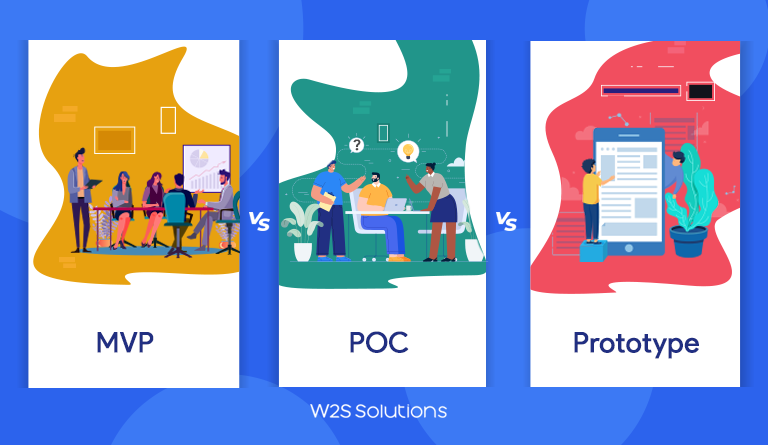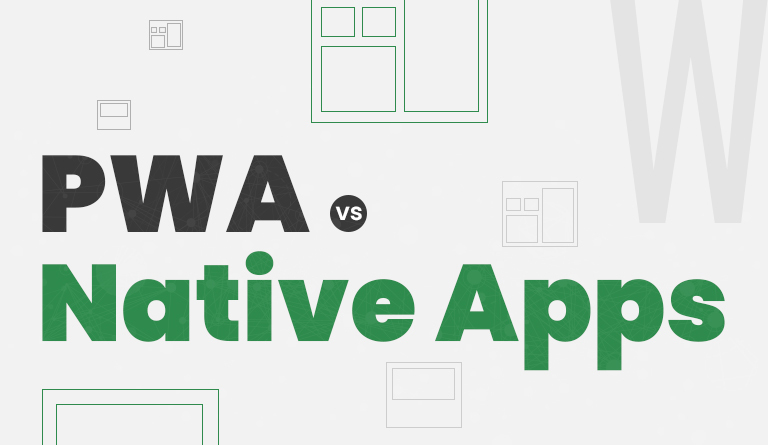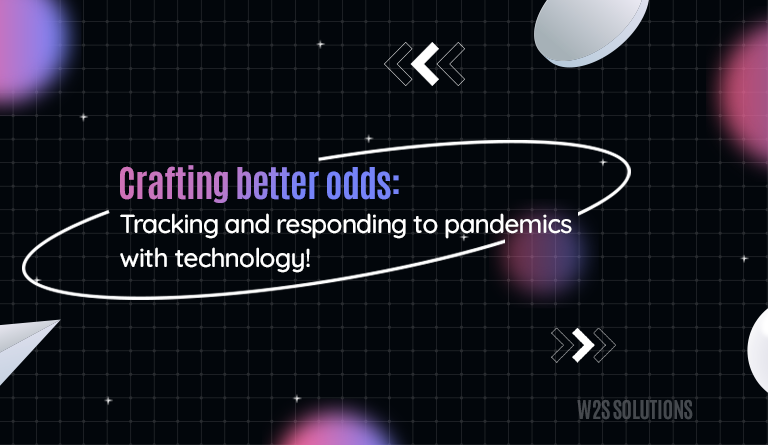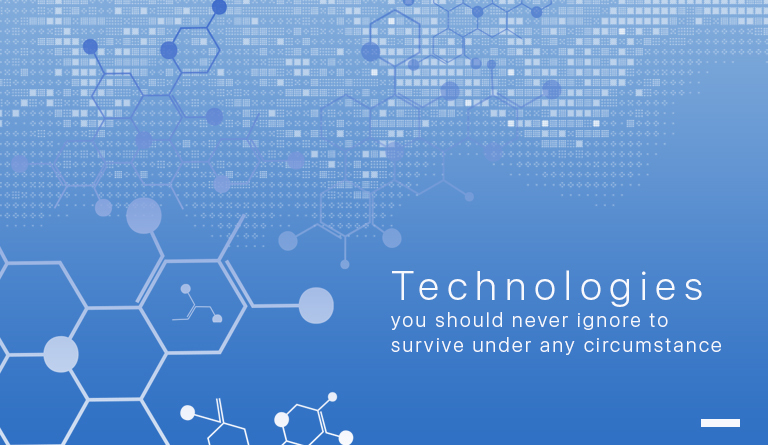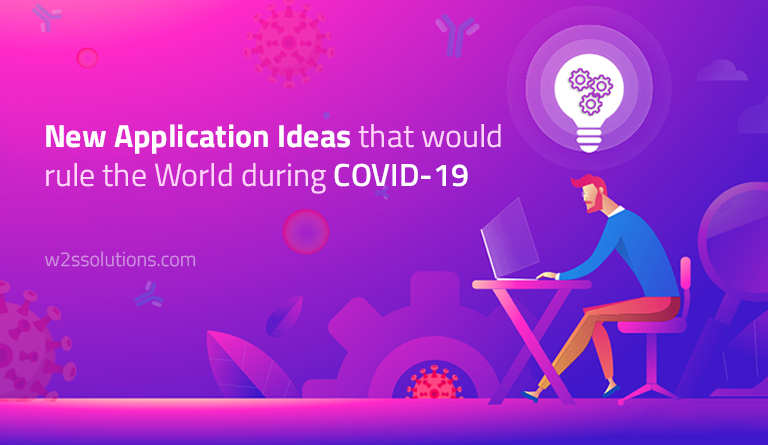Launching a new product in the highly competitive market of today is really a big deal. It encompasses more than simply taking care of the quality and keeping the price just right. And, this is where the concept of product/market fit comes into the picture.
To offer a simple definition, product/market fit is the extent to which a product is able to satisfy the market demands. To explain it further, it is the analysis of whether the product slated to be launched has the ability to survive in the market, earn profits, and continue generating revenue.
Marc Andreessen, an American investor, and entrepreneur is credited to be the one who coined the term. He divided the life of a startup into two different stages, i.e. BPMF (Before Product/Market Fit) and APMF (After Product/Market Fit).
So, what are the ways to measure this product/market fit? What metrics have to be analyzed to understand if your product fits the market just right?
Basically, assessing a product can be done in three ways before launching it in the market, namely, MVP (Minimum Viable Product), Prototype, and PoC (Proof of Concept).
Read on to understand in each of these types in detail, their differences, and find out which one can be the best bet for assessing product/market fit. So, without further ado, let’s get on with it.
Prototype
So, let’s begin this discussion with prototype. It is that part of your product design that enables your business to test out a process or concept. Prototype is a highly interactive model, which helps in understanding the workflow, along with its usefulness.
It makes it easy to visualize user experience even before you start developing your product. Though when thinking about prototype vs proof of concept, it is not like a separate system, but prototype gives a good idea of the kind of user experience you can expect from your product.
Using prototypes helps the startups to find the faults and errors, which affect the flow of an app or hamper the user experience. The usual components of the prototype are user flows, design layouts, mock-up, and wireframes. You can create four different kinds of prototypes for testing, namely, visual prototype, working prototype, functional prototype, and user experience prototype.
It is something that is of great help in the assessment of how seamless the journey of a user can be with your product. A prototype is a useful method for measuring product/market fit because of the given reasons:
- Prototypes let the businesses understand all the lags in their product, and that too, before they start developing the product
- One of the major factors in retaining customers is user experience, and a prototype helps in the assessment of that
- Prototype is the swiftest way of testing the acceptance, scalability, and feasibility of a product along with the visual effects
- It needs way less investment when it is considered in terms of time, efforts, and finances
- Prototype informs the businesses about the limitations of the system at the initial stage
Proof of concept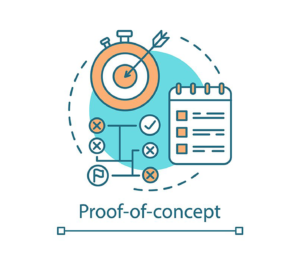
As you can well guess by the name, proof of concept is useful in testing out the viability of a product in terms of practical implementation. The idea that came to your mind? Proof of concept is one of the most ingenious ways to test out if that idea is at all operational.
For the development of the proof of concept, a small-scale project, along with a fundamental functionality, gets executed. It does not get disclosed publicly or even to your customers. This helps in the examination of whether or not the environments, platforms, or technologies are available for creating a solution. After the proof of concept is able to prove the functional or technical feasibility of the project, the process of product development starts.
Given below are a few of the reasons why proof of concept is held as a viable way of measuring product/market fit:
- Proof of concept in the short term procedure for testing the potential and viability of the projects
- You get a quick ‘no’ or ‘yes’ response regarding the feasibility of a project
- Proof of concept helps in disclosing the faults, bugs, or errors in the system or idea during the initial stages
- It does not take much time in validating whether or not you are going in the proper direction
- It is able to help you figure out the alternative solutions to the problems, in case the one you are considering seems unfeasible
Minimum Viable Product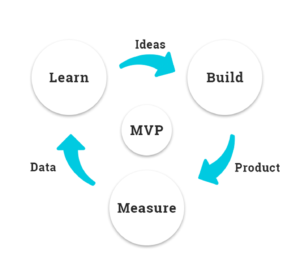
The Minimum Viable Product is the first version of a product that is planned and created for testing the market acceptance of the idea. To give you a brief idea, MVP is like the base model of the product, with the minimum but the most important features of it.
MVP is known as one of the most used approaches for measuring product/market fit because it lets the products reach the market. It also helps in understanding how the users perceive a product, the hindrances to its performances, and the improvements that can be brought about for making the product more useful in terms of UX, UI, and the technical aspects.
After all these aspects get analyzed, the businesses are able to invest confidently in the future development of a product, think about premium features and services, and expect to get a good return on the investment.
Let’s take the example of Uber to understand it further. It is one of the most popular apps all over the globe to hail a cab. Initially, Uber had launched the app with just a couple of core features and the app saw improvements with each new version. Right now, the Uber app comes with an extensive lineup of features, which were introduced after the assessment of user experience with earlier versions.
That was just an example of Uber. Most of the popular businesses that you know today began with the MVP, and then they grew as they got more and more user acceptance. MVP is actually one of the most in-demand approaches for measuring product/market fit for the reasons given below:
- You get to start in a small way and then evolve as your users start accepting the product
- MVP allows you to come into the market with a comparatively small investment
- It allows you to understand all the lags in the product and the ways to improve the product
- It helps in understanding whether the amount of effort, money, and time you invest in the product are worth it
- It helps you to know your target audience and their expectations from your product
Read Also – MVP or EVP: What is the Right Option for Your Startup?
So, MVP vs prototype vs. Poc: which one is it going to be?
Of all these approaches used for measuring product/market fit, the best approach that a mobile app development agency can take is that of the MVP. It allows you to test the product viability and user experience and also lets the user validate the potential of the product.
However, there is no reason to think that PoC and prototype are not useful on their own. They might not be the best possible approach for measuring product/market fit, but they let the businesses assess the feasibility of the product at the initial stage. The truth is, it all depends on the business idea, to a great extent.
